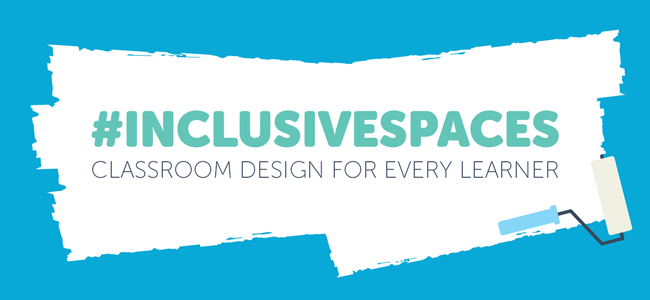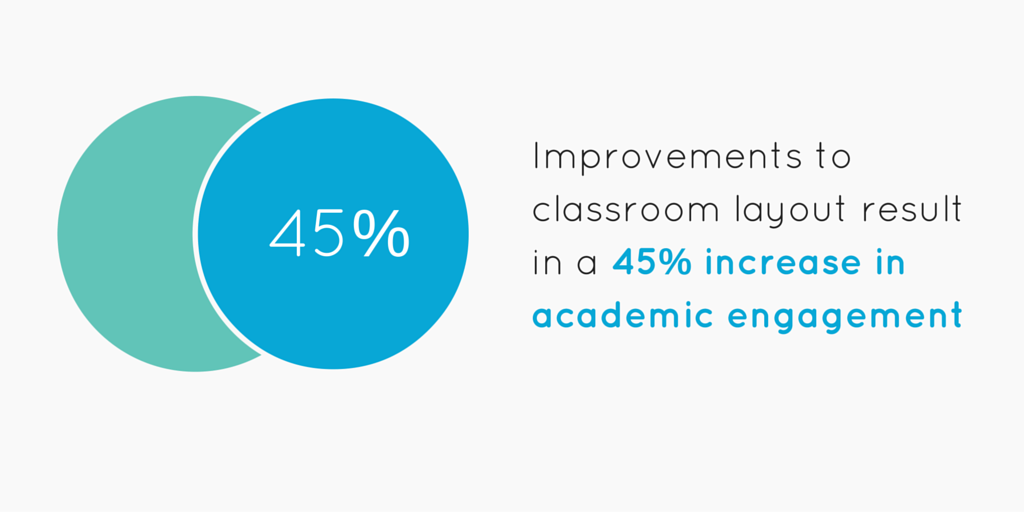#InclusiveSpaces: Classroom Design for Every Learner

There is a gap between what studies say is a successful classroom and what teachers are actually able to do within their walls.
Studies cite how important the physical setup of K-12 classrooms are to students’ academic success. However, what science says isn’t always put into practice. The most effective physical layout of a classroom can result in a 45 percent increase in academic achievement. The hours a student spends in the classroom (approximately 12,000 in a lifetime) have a significant impact on behavior, motivation, retention and achievement. Constraints such as budget limitations, class size, classroom dimensions and district access to resources all play a significant part in whether teachers are able to design their classrooms to meet the needs of every student.

To address these inequities, the team behind USC Rossier’s online Master of Arts in Teaching program is launching #InclusiveSpaces, a grassroots campaign aimed at addressing the gap between research and practice in classroom design.
We’re calling on all teachers, administrators, students and parents to share authentic stories about what today’s classrooms really look like. We want to hear your story.
How to Participate
- Write an original op-ed for your personal blog, local newspaper or professional organization’s publication. Your article should address the following question: How can today’s classrooms become inclusive learning environments?
- Share your inclusive space on Facebook, Twitter and Instagram. Take a picture of your classroom (without students) and include the tag #InclusiveSpaces. Show how your classroom meets the needs of your students — or, tell us what you’d like to change about your space to make it more inclusive. (Be sure to connect with us on our Facebook, Twitter, Tumblr and Instagram accounts.)
- Email a link to your story to Michelle Manno. We will be sharing everyone’s Inclusive Spaces on our blog.
Visit our Science of Classroom Design infographic to learn more about creating inclusive spaces.


